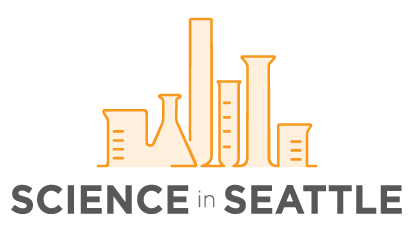This week we profile a recent publication in bioRxiv from Erika Hayes (pictured, right) in the
laboratory of Dr. Daniel Campbell (left) at Benaroya Research Institute and the UW School of Medicine.
Can you provide a brief overview of your lab’s current research focus?
The Campbell laboratory is interested in understanding the basis for T cell activation, function and tolerance. We use both animal models and human samples to identify functionally relevant populations of effector and regulatory T cells, define the factors that promote their development and maintenance, and delineate their roles in healthy immune responses, and in immune-mediated diseases.
What is the significance of the findings in this publication?
The cytokine Interleukin-2 (IL-2) is a critical regulator of immune homeostasis. The inhibitory antibody PC61 targets one component of the IL-2 receptor (CD25), and has been extensively used to model the impact of blocking IL-2 signaling in vivo. However, interpretation of these results is difficult due to uncertainty of whether the observed in vivo effects are mediated by CD25 blockade, depletion of CD25+ regulatory T cells, or a combination of these factors. In this study, we found that, despite substantially reduced IL-2 sensitivity, regulatory T cells maintained selective IL-2 signaling and prevented immune dysregulation following treatment with PC61, even when CD25hi cells were depleted. These findings demonstrate that even with severely curtailed CD25 function, Treg cells retain their selective access to IL-2 in vivo, and this is sufficient to maintain normal Treg cell function and immune homeostasis. These results clarify the effects of this commonly used antibody in murine models, and indicate that conclusions made in previous studies based on the ability of PC61 to inhibit CD25 function on regulatory T cells should be re-evaluated.
What are the next steps for this research?
Antibody-mediated targeting of CD25 is being actively pursued in the clinic for treatment of autoimmune disease and preventing allograft rejection, and promoting anti-cancer immunity. Our findings help inform therapeutic manipulation and design for optimal patient outcomes in these different settings. Additionally, now that we better understand how these antibodies function, we can use them as tools to manipulate IL-2 signaling and better understand the complex biology of this critical cytokine.
This work was funded by:
This work was funded by grants from the NIH to the Campbell Lab, and by a training grant from the NIH that supported graduate student Erika Hayes.

